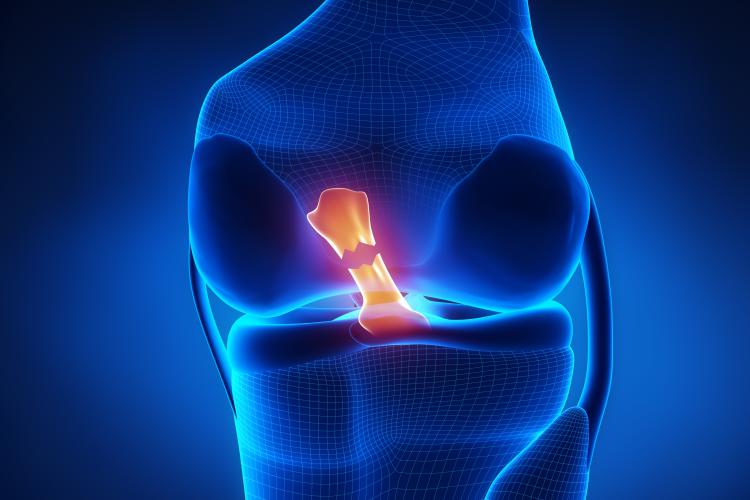ACL Surgery in China
The International Society of Arthroscopy, Knee Surgery and Orthopaedic Sports Medicine (ISAKOS) met in Shanghai this June, highlighting the best of ACL surgery in China. Here are a few take-away lessons for us all.

ACL surgery in China is similar to ACL surgery in the US. While many orthopaedic surgeons perform knee and ACL surgery, a few top centers and surgeons get better results than most everyone else. These excellent surgeons present their results at major meetings and today—thanks to more open borders— they are becoming known to European and US surgeons.
Their techniques highlighted the following points:
The tissue to reconstruct ruptured ACL ligaments is primarily the patellar tendon, taken from the front of the knee or the hamstrings. Both of these tissues can provide stable knees and are favored there over the artificial ligament also available for use.
The positive side of this story is that the skills and tools applied in China are no different from those applied in the US. The negative side is that the results of ACL surgery both here and in China are not as good as they need to be. There is a 30% re-rupture or failure rate in ACL surgeries performed in people below the age of 21. Fifty percent of ACL injuries go on to develop arthritis of the knee. The most common cause of failure is traumatic, meaning that the tissue used was not strong enough to tolerate the forces applied to it either in the early healing period or later. Misplacement of the ACL insertion site on the femur (either too high in the femoral notch or too far forward from the anatomical position of the normal ACL) is the most common surgical technique error. This misplacement appears to occur as frequently in China as it does in the US.
The artificial ligament available in China is called the LARS ligament. Many professional athletes request it so they can return to their sport during the same season. The busiest surgeon in Beijing reports excellent short-term results with the LARS ligament. Most of the other surgeons, however, reported a high failure rate, with longer follow up. Clearly, an off-the-shelf ligament is highly desirable—providing it can work for the long term.
Unfortunately, the use of allograft tissues—donated from healthy people who have died, usually in accidents—has not gained widespread use in China. This is because China’s allograft tissue banks do not trust the sourcing of their tissue from their own population. Their concern is that the dead donors may have had undetected diseases or that the harvest procedures themselves might introduce contamination. Therefore, they irradiate the tissue to sterilize it—but this turns it into shoe leather thereby making it unacceptable for ACL reconstruction.
Young, healthy, and strong pig ligaments called Z-Lig—stripped of the key antigens that cause rejection—were approved in Europe after a double-blind randomized study confirmed their efficacy. They have not yet been introduced to China. They first need to go through the Chinese FDA hearings, which are expected to start soon.
Primary repairs of ACLs have not been consistently successful in the past. There is, however, a new enthusiasm thanks to the possibility of adding stem-cell-derived self-repair cells and growth factors. This technique is currently in the research phase, but has a high level of interest in China and the rest of the world.
So, if you rupture your ACL in China, get thee to a top surgeon and you can expect to receive superb care. The whole field, is in need of improvement. Fortunately, the ACL surgical field is evolving—just like us.
